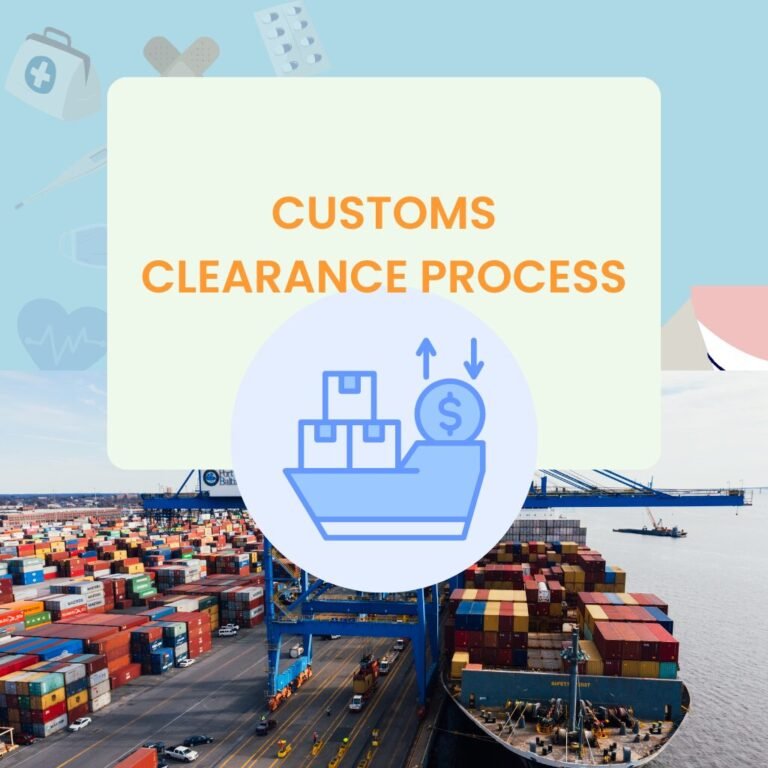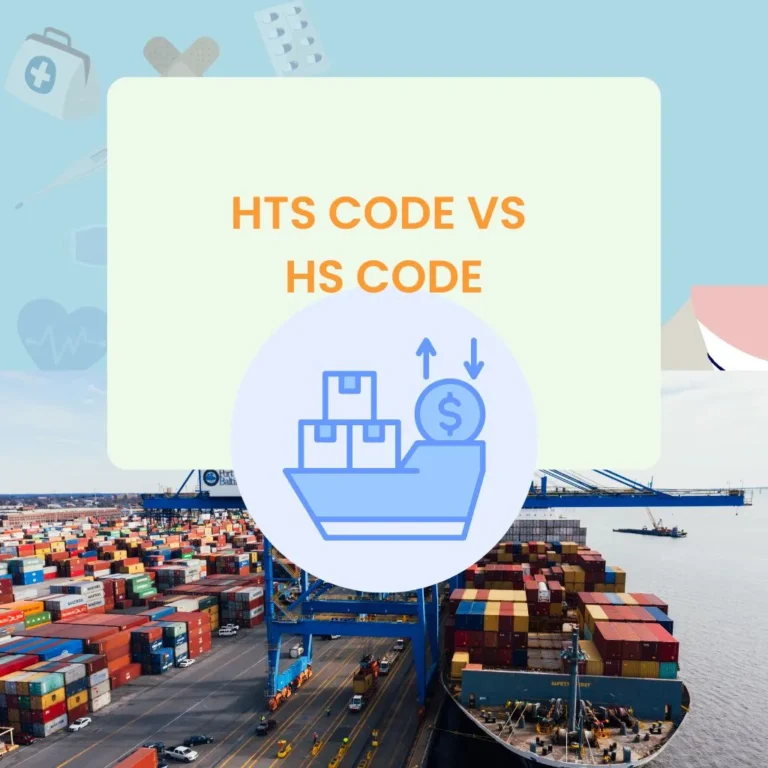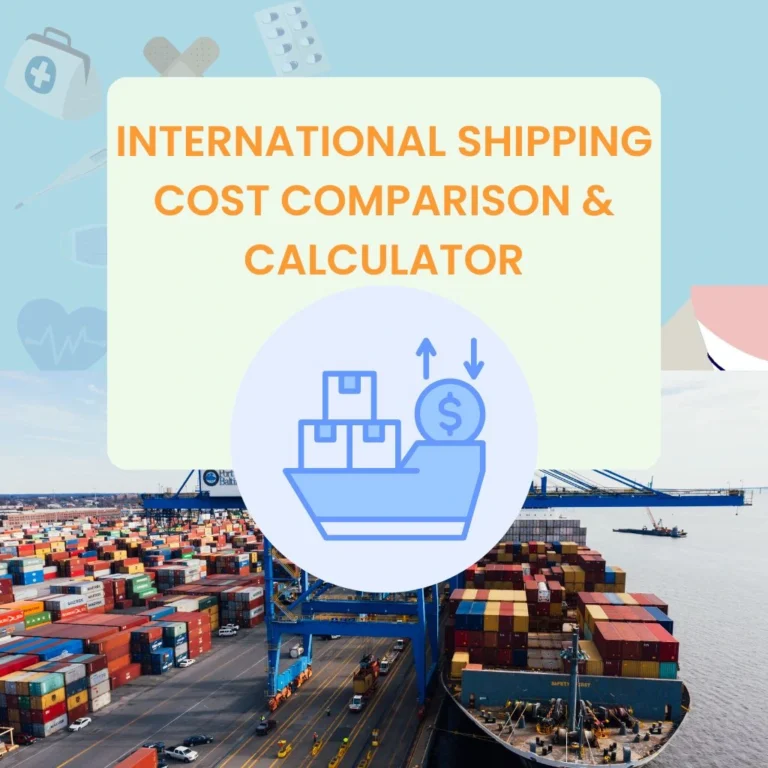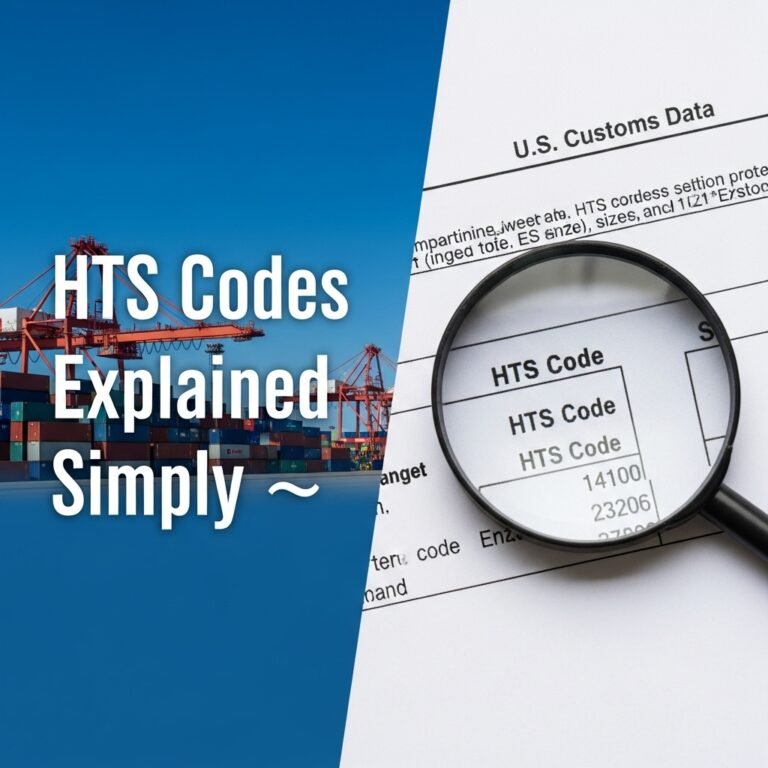EU Import Duty Rates & Rules
Intro
Importing goods into the European Union (EU) can seem complex, but understanding how EU import duty rates, tariffs, and VAT rules work is essential for traders, manufacturers, and online sellers.
The EU operates under a single customs system that harmonizes tariffs and procedures across its 27 member countries. Whether you’re importing machinery from China, wine from Australia, or clothing from Vietnam, the same EU customs tariffs and Common Customs Tariff (CCT) apply.
This guide explains how EU import duties are calculated, how the EU Customs Union functions, and how to use the TARIC database to determine correct duty rates. It also covers how VAT interacts with customs duties, plus the reliefs and exemptions available to EU importers.
TOC
What Are EU Import Duties?
EU import duties, often called customs tariffs, are taxes charged on goods entering the European Union from outside its borders. These duties are designed to:
- Protect EU industries from unfair competition.
- Generate revenue for the EU budget.
- Regulate imports and ensure product standards.
The European Commission sets these rates under the Common Customs Tariff (CCT). Once imported goods are cleared at any EU port or airport, they can move freely within the Single Market without further customs checks — a core benefit of the EU Customs Union.
Purpose and Uniform Application
One of the defining features of the EU is that all member countries apply the same tariff system. So, a product imported through the Netherlands faces the same duty rate as if it entered Spain or Italy.
This uniformity prevents internal border duties and promotes the free movement of goods across the EU.
How EU Import Duty Rates Are Calculated
The EU uses a standard calculation method for determining customs duty — based on product classification, origin, and value.
1. Product Classification (HS/CN Codes)
Each product type has a specific code under the Combined Nomenclature (CN) — a system aligned with global HS (Harmonized System) codes. These codes are listed in the TARIC (Integrated Tariff of the European Communities) database.
For instance:
- 6403.59.90.00 → Leather footwear
- 8471.30.00.00 → Laptop computers
- 8703.22.90.00 → Passenger cars
Your commodity code determines both the customs duty rate and any trade measures (like quotas or anti-dumping duties).
2. Origin of Goods
The country of origin — not just where the goods are shipped from — determines which tariffs apply. Goods from Free Trade Agreement (FTA) partners like Japan or Canada may enjoy preferential duty rates under agreements such as CETA or the EU-Japan Economic Partnership Agreement.
3. Customs Value
Duties are calculated on the CIF value (Cost + Insurance + Freight) — meaning the value of goods including shipping and insurance to the EU border.
Declared customs value accuracy is vital, as it affects both duty and import VAT.
4. Tariff Measures
Some goods are subject to additional charges like anti-dumping duties, safeguard measures, or countervailing duties. The Trade Defence Instruments (TDI) managed by the European Commission and Trade Remedies Authority (TRA) handle these.
Example Calculation
If you import machinery from China worth €20,000 with a 4% duty rate:
€20,000 × 0.04 = €800 customs duty.
Then add VAT (typically 21%) on the goods + shipping + duty.
The EU Customs Union Explained
The EU Customs Union ensures all member states act as one entity for international trade. Goods imported into any EU country are treated as if they entered the entire bloc.
How It Works
- A common external tariff applies to all non-EU imports.
- Once goods are cleared by customs in one EU state, they can circulate freely throughout the EU without additional customs checks.
- Customs procedures are standardized under EU regulations, ensuring consistency.
Benefits for Traders
- Simplified logistics and border processes.
- No tariffs on goods moving between EU member states.
- Predictable import duties for external goods.
This structure eliminates duplication and creates a seamless European Single Market.
EU Tariff Rules and the Common Customs Tariff (CCT)
The CCT sets uniform import duty rates for all member states. It covers more than 13,000 tariff lines, updated annually by the European Commission.
Typical Duty Ranges
- Industrial goods: 0% to 6%
- Agricultural products: 5% to 22%
- Textiles and apparel: 8% to 12%
- Electronics: 0% to 5%
Many information-technology and medical products now have zero tariffs to encourage trade and innovation.
Preferential Tariffs
Goods imported under EU Free Trade Agreements or from GSP (Generalised Scheme of Preferences) countries can benefit from reduced or zero tariffs.
Free Trade Agreements and Preferential Rates
The EU has one of the largest global trade networks, with Free Trade Agreements (FTAs) that reduce or eliminate customs duties between the EU and partner countries.
Major EU Trade Agreements
- CETA (Canada) – Eliminates most industrial tariffs.
- EU–Japan Economic Partnership Agreement – Phased tariff reductions on vehicles, machinery, and food.
- EU–South Korea FTA – Boosts technology and automotive trade.
- EU–Vietnam FTA – Progressive tariff removal over several years.
- EU–Singapore FTA – Duty-free on most industrial goods.
Rules of Origin
To qualify for preferential tariffs, goods must originate in the FTA partner country. Importers must provide:
- EUR.1 movement certificate, or
- Invoice declaration confirming origin.
Generalised Scheme of Preferences (GSP)
Under GSP, developing countries such as Bangladesh, Pakistan, and Cambodia can export to the EU with reduced or zero tariffs, encouraging sustainable trade.
VAT and Other Import Taxes
Import VAT (Value Added Tax) is separate from customs duty but applied at the same time. Each EU country sets its own VAT rate, typically between 17% and 27%.
Example:
If you import €5,000 worth of goods with €200 duty in France (20% VAT):
VAT = (€5,000 + €200) × 0.20 = €1,040
Registered businesses can usually reclaim import VAT as input tax on their returns.
Key VAT Rules
- VAT applies to goods and transport costs.
- Businesses outside the EU may need an EU VAT number.
- For e-commerce, the IOSS (Import One Stop Shop) simplifies VAT collection for low-value online imports.
Duty-Free Imports and Exemptions
Not all imports are taxed. The EU provides reliefs in specific situations.
Low-Value Consignments
Goods valued under €150 are exempt from customs duty, though VAT may still apply.
Returned Goods Relief (RGR)
If EU-origin goods are re-imported within three years, they’re exempt from duty and VAT under RGR.
Temporary Admission (TA)
Goods temporarily imported — for exhibitions, repair, or testing — can enter duty-free under ATA Carnet procedures.
Duty Drawback and Warehousing
Businesses can reclaim duty on goods re-exported later or store imports in customs warehouses to defer duty and VAT payments.
Compliance and Customs Documentation
Proper documentation ensures fast clearance and avoids penalties.
Essential Import Documents
- Commercial invoice with CIF value
- Packing list
- Bill of lading / Air waybill
- Certificate of origin
- Single Administrative Document (SAD)
- Customs declaration via national electronic systems
Electronic Filing
All EU member states use digital declaration systems connected through the EU Customs Decision System, harmonized under the Union Customs Code (UCC).
How to Reduce Import Duty Costs
There are several legitimate ways to lower your import costs:
- Use the Correct CN Code: A minor code change can significantly lower your tariff.
- Claim Preferential Rates: Check FTA eligibility to avoid unnecessary duties.
- Inward Processing Relief (IPR): Suspend duty and VAT for goods imported for manufacturing and later export.
- Customs Warehousing: Store goods without paying duties until released.
- Seek Advice: Trade consultants can audit your import classifications for compliance and savings.
EU Import Duty Trends and 2025 Outlook
The EU’s customs framework is undergoing its largest modernization in decades.
Key upcoming trends include:
- Digital Customs Reform: Implementation of the EU Customs Data Hub by 2028 for unified electronic reporting.
- Green Tariffs and CBAM: The Carbon Border Adjustment Mechanism introduces new environmental tariffs for carbon-intensive imports.
- Simplified VAT Rules: The EU aims to streamline cross-border e-commerce VAT through extended IOSS coverage.
- More Trade Deals: Negotiations continue with India, Indonesia, and Latin American countries to expand duty-free access.
The EU’s goal is clear: simpler, greener, and more digital trade management.
FAQs
How much duty in EU?
EU import duties range from 0% to about 22%, depending on the product classification and origin. Industrial and technology goods often carry low or zero rates, while agricultural or textile imports may be higher. Preferential trade agreements can lower or eliminate these tariffs.
What is EU customs union?
The EU Customs Union is a trade system where all 27 member states apply a common external tariff on imports from non-EU countries. Once goods enter and clear customs in one EU country, they can move freely within the EU without additional duties or border checks.
Do EU countries have the same tariffs?
Yes. Every EU member applies the same tariff structure under the Common Customs Tariff (CCT). Whether goods enter through France, Germany, or Italy, the duty rate remains identical.
Is VAT separate?
Yes. Import VAT is separate from customs duty. Each EU member sets its own VAT rate — generally between 17% and 27%. VAT is charged on the goods’ total value, including shipping and customs duty, and may be reclaimable for registered businesses.








